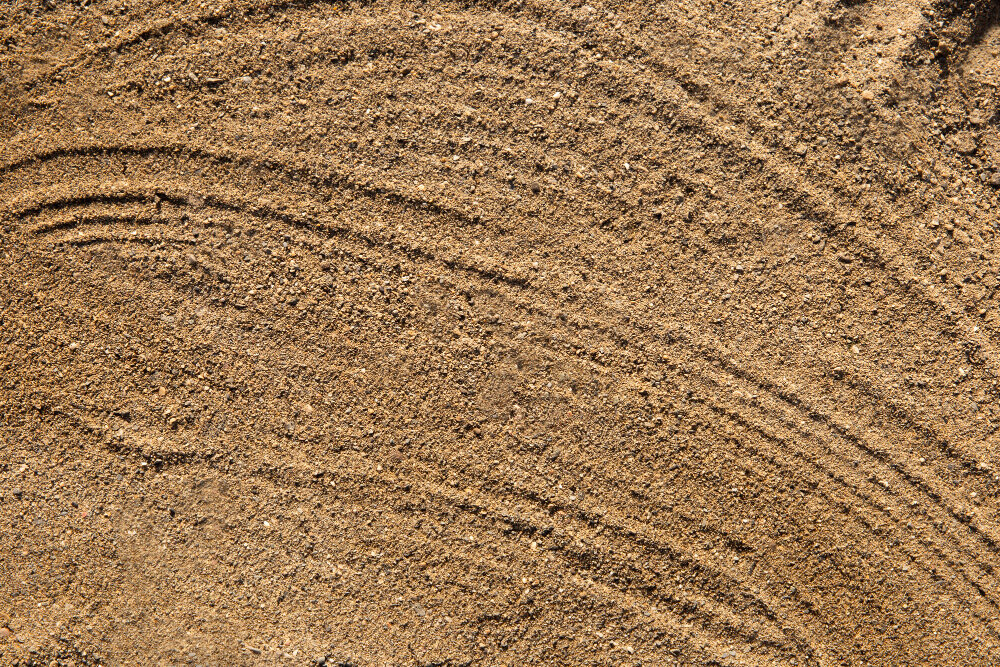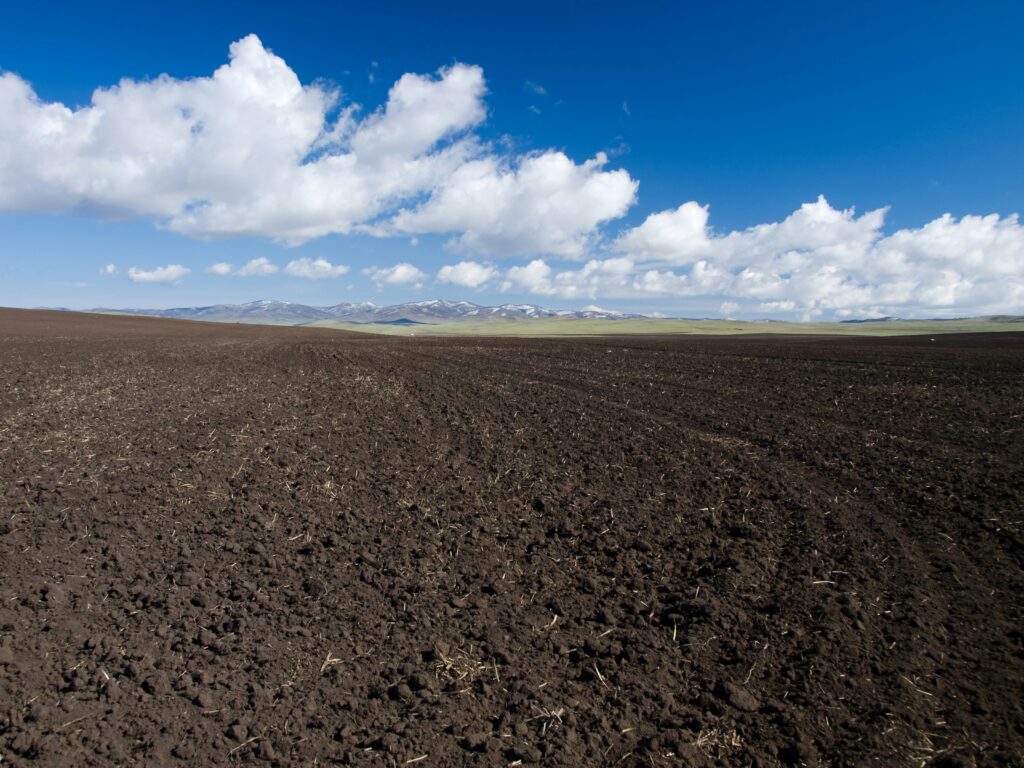
Properties of Soil
The nature and properties of Soil is a naturally occurring primary medium that provides support to plants as well as nutrients and moisture, resulting in plant growth. To a farmer, soil refers to the arable portion above the ground where he grows crops. Soil properties vary in different locations and climatic conditions. Knowledge of soil properties is essential to producing good-quality flowers and healthy plants in the nursery. Soil can be defined as a naturally occurring organic and inorganic material with physico-chemical and biological properties formed due to the effects of climatic factors and living organisms.
Seasonal Vandalism
Soil is formed as a result of years of decay of sediments on the rocks due to the effects of various physico-chemical and biological factors, as a result of which large sediments are converted into smaller particles and smaller particles into smaller particles. This process of soil formation is called weathering. Air and water are the main factors by which soil moves from one place to another. Flood relays, for example, cause huge amounts of soil to be transported into the plains. Therefore, the soil is a heterogeneous mixture consisting of three main types of sand and silt
The nature and properties of soil
1. Soil Textures 2. Soil Temperature 3. Soil Texture 4. Soil Color
5. Soil Porosity 7. Soil Water 8. Air-Soil Depth
Soil Textures:
Soil texture depends on the size of the soil and its relative abundance. Hence, it is defined as follows:. The ratio of sand and silt in the soil is called soil texture. The size of the soil particles depends on the intensity of the crushing process.
Classification of Soil particles based on Size
Pebble: Its size is more than 2 mm. Coarse sand: Its size ranges from 0.2 to 2 mm. Fine sand: Its size is between 0.002 to 0.02 mm. Loam: Its size is less than 0.002 mm.
The nature and properties of soil types

Sandy Soil: A soil with a particle size of 0.02-.002 mm is called sandy soil. Such a soil crumbles when pressed when dry and forms a soft loose mass when pressed when wet. But it shatters again on touch. Such soils have negligible adhesion to agricultural crops. The water absorption capacity is also very low. As the fertility of such soil is low, it is not suitable for cut flower cultivation and producing good quality plants in nursery.

Mine soil: A soil that has relatively equal amounts of sand and clay particles is called mine soil. This soil is soft and rich. It contains adequate amounts of micro and macro components. It has the ability to retain adequate quantity of water for a reasonable period of time. Such soil has better air permeability and hence this soil is suitable for cutting flower cultivation and nursery plants.
A mine soil in which the amount of sand particles is more than the rest of the particles is called sandy mine soil. A mine soil in which the amount of clay particles is more than the rest of the soil is called clay mine soil. Clay mine soil is hard. Air circulation is reduced, and plant growth is not as good.

Clay soil: Such soil is unlike sandy soil in terms of its properties. Such soil has high nutrient content and long-term water retention capacity. It drains late after rain or irrigation. Heavy and hard soil makes it difficult to operate agricultural equipment. is Such soils have low aeration and have negative effects on root growth. Moreover, the soil being hard also presents difficulty in root propagation and hence is not suitable for fruiting plants.
The Nature and Properties of Soil composition
The particular arrangement of soil particles is called soil texture. This is not a permanent feature but can be changed by management. Soil structure is very important for plant growth, so knowing the soil structure is very important for plant growth. Soils are classified into round plate salt, block salt, and manifest types based on texture.
Soils with a rounded texture have more organic matter. This type of structure is common in grasslands where earthworms are abundant The length of a plate-like earth is always much less than its width. All grains are connected by horizontal synthesis. From which plate prayer structure is born. These plates are present on each other. The passage of air and water is reduced. In Block Prayer Grounds, the grains together form a collection of equal length, width and height. The vertical sides of the compound in the manifest prayer lands are longer than the horizontal sides.
The Nature and Properties of Soil Pores
The space between organic matter and mineral matter in the soil is called soil pores. Soil porosity depends on soil texture and organic matter. Soils with a high clay content have a high number of small and fine pores. Brake pores absorb water slowly. And keep for a long time. Large pores allow water to move from top to bottom, while fine pores allow water to move from bottom to top and reach plant roots.
Air in the soil: Air in the soil helps the growth of plant roots and soil microbes. The roots and germs of plants in the soil use oxygen gas and release carbon oxide during respiration. As a result, there is a lack of oxygen and an excess of carbon dioxide in the earth compared to the outside air. Soils that are well aerated have better root growth.
The nature and properties of Soil temperatures
Soil temperature changes as the intensity of sunlight decreases. The optimum soil temperature for growing most ornamental plants is 16 to 24 degrees Celsius. Topical soil temperature is the reason why beech grows properly. Sandy soils heat up quickly, so such soils are used for growing plants in pens.
The nature and properties of Soil color
Soil Color: Many characteristics of the soil can be determined by the color of the soil. The brown color of the soil indicates the presence of organic matter in it. The red color is due to iron and the white layer on the outer surface of the earth is due to the dissolved salts in it.
The nature and properties of Soil water
The spaces in the soil contain water along with air which plays an important role in the germination of seeds. In addition, water is required for the decomposition of organic matter.
Soil types based on the amount of organic matter
Mineral Soil: Soil in which organic matter content is less than 20% is called mineral soil
Organic Soil:
Soil that contains more than 20% organic matter. These soils are found in areas where rainfall is high and forests are abundant
Humus:
Completely dissolved organic matter is called humus. It is rich in nutrients. It is brown or black in color.
Peat: This is a partially decomposed brown swamp plant material.
Peat Moss:
This is a slowly dissolved form of various types of moss that has a high carbon content. It has the ability to hold water for a long time and has a low pH.
Compost:
Organic matter (dung, leaves, etc.) is biologically decomposed by
collecting it in a pile or heap and the decomposed matter is called compost. It
is an organic substance that is used as a fertilizer
Salient properties of soil
Plants should be able to support themselves properly. Ability to maintain its volume. Should not be affected by salts. Adequate amounts of major and minor components should be present. Soil fertility should be 6.0 to 7.5 five. It should have the ability to retain moisture for a long time. Must be weed free. Must be free from diseases.

